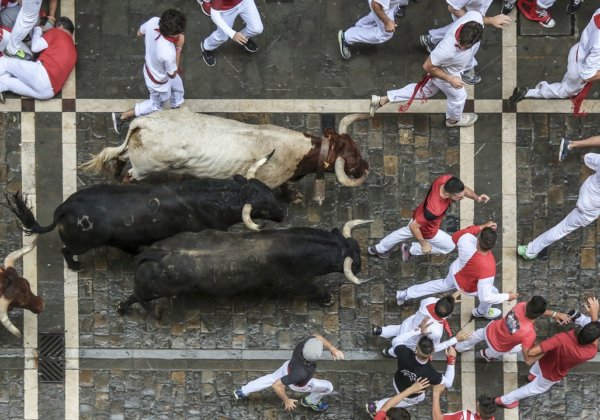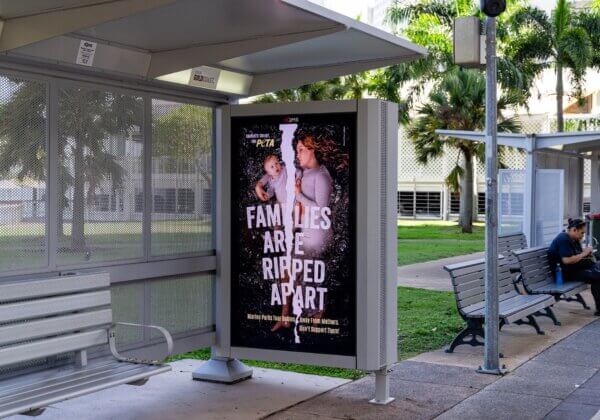New Report: 116 Horses Killed at Tracks in the Last Year
One hundred and sixteen: that’s how many horses died on Australian racetracks during the last racing year, according to the Coalition for the Protection of Racehorses’ latest annual “Deathwatch Report“.
It shows that horses most commonly died from catastrophic leg injuries or breaks and fractures of their forelegs. Others died from cardiac issues, internal bleeding, hind leg or pelvis injuries, or head trauma.
On average, one horse died on an Australian racetrack every three days.
https://www.facebook.com/PETAAustraliaOfficial/posts/995063644189575
Track Deaths Are Only Part of the Problem
These numbers are just the tip of the iceberg, representing only a fraction of the racing industry’s real death toll.
Most states don’t report deaths that occur during training or in trials, and stewards aren’t required to list the deaths of horses caused by on-track injuries if the animal is removed from the track on race day and killed later.
A recent investigation by Farm Transparency Project found that some horses listed as “retired” on the Racing Australia website had actually been sold to knackeries. Their bodies were dismembered and turned into cheap “pet” food.
Meanwhile, a PETA exposé found that Australian horses are also sometimes sold to race in South Korea, where they’re slaughtered for meat when they’re no longer considered useful.
Then there are those who never race at all, discarded as “wastage” and slaughtered by an industry unwilling to bear the costs incurred by horses who won’t make them money.
Why Do Horses Fall?
Horses used for racing have been specifically bred for speed at the expense of their health. They weigh more than 500 kilograms, are supported by ankles only the size of a human’s, and are whipped and forced to run around tracks at speeds of more than 50 kilometres an hour while carrying humans on their back.
One Australian study found that “[u]p to 70% of Thoroughbred racehorses have bone bruising, or joint surface collapse of the cannon bone and condylar fractures which propagate from this joint surface” and that these “are the most common cause of fatal breakdown injuries”.
“These injuries are due to bone fatigue, damage that accumulates due to repeated high loading produced by high speed galloping.”
Many horses are over-medicated to keep them racing when they should be recuperating from injuries. Trainers often use a regimen of anti-inflammatory drugs, painkillers, sedatives, hormones, diuretics, muscle relaxants, and other medications to mask injuries and enhance performance, making the animals vulnerable to breakdown.
How to Help Horses
- Never attend or bet on horse races.
- Share this article on Facebook. Most people don’t know about the cruel reality of horse racing, so take the time to inform your family and friends about this issue.
- Join us in writing to sponsors of the Melbourne Cup to let them know that aligning their brands with this cruel race is unacceptable.








